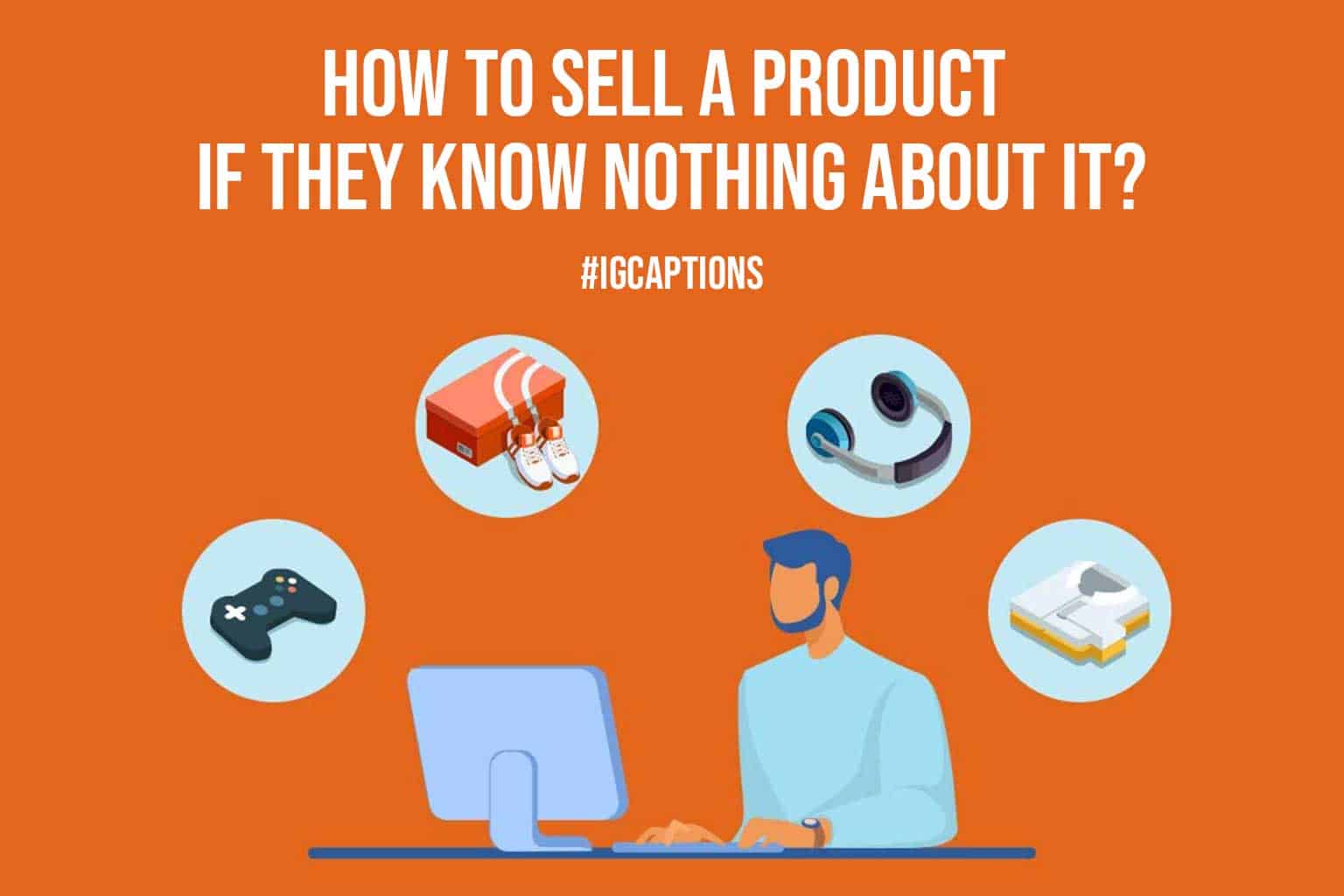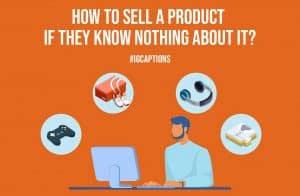No one will buy a product they know nothing about. When a new product appears on the market, there is no point in attracting customers with the usual advertising, like it’s done with Netflix or the best online sport betting website. There is no demand for the product yet – people don’t know what it’s for and what the benefits will be.

No One Knows About the Product: What to Do?
Here are three typical scenarios for B2B when demand is not formed:
- New solutions and products: a novelty they don’t know about yet.
- Product combination: a novelty that has emerged after combining several products or services.
- Known products in a new market: products and services that translate to a new market where nothing is known about them.
What do these scenarios have in common?
Services and products don’t sell themselves, and most customers are cold, even icy.
In this situation, you can “drain” an impressive budget and not get results. To reduce the risk of losses, analyze the audience that could potentially benefit from the product.
Also Read: Read Manga Online for Free Using Mangafreak
B2B Audience Analysis: How to Understand Who Is Interested in the Product
The target audience in B2B is people to whom the product helps them earn money.
To get a real portrait of the audience and build a chain of “touches”, study several factors:
- How the product helps make money.
- Who exactly the decision makers and influencers are.
- What objections to the product may arise?
- What attitudes have been formed by those who have already managed to buy the product?
The more information, the easier it is to determine the marketing tools that can yield results.
How to Sell an Unfamiliar B2B Product: a Scheme That Works
There’s no magic pill that’s sure to help – any tool has to be seen to work. To sell complex products, we use a scheme based on decision logic.
Find the Habitat of the Target Audience
The first point of contact is at the site where the target audience gathers. Once you’ve studied your audience, you can generate a list of these sites. They will be useful for cross-marketing: this tool has proven to be the most powerful for the first point of contact.
Cross marketing is collaborating with companies whose target audiences overlap with yours. These collaborations help to build trust and interest in a vendor that they know.
Often, the collaboration takes the form of a joint marketing effort. For example, launching a new solution.
Thanks to cross-marketing, the solution can be delivered to a large number of potential customers in a short period of time, even if there is no base.
Attract to the Landing Page
To keep telling potential customers about a product after initial contact, you need something to latch on to. Content marketing works well at this stage: customers are attracted through articles on relevant topics and snippets.
A snippet is a small snippet of text that highlights the audience’s pains and offers your solution. The purpose of a snippet is to navigate to the desired landing page. It’s a way to “fish out” exactly who you want from your entire audience.
Lead the Way Through the decision Funnel
Once the snippet is launched, it’s important to walk the potential customer through all stages of the decision funnel. This can be done in a variety of ways, but in B2B, it’s more common to use a whitepaper.
A white paper is a guide that describes the customer’s business problems, provides possible solutions, and introduces the company in an unobtrusive way.
In the book, the customer is guided through the decision-making funnel, from problem awareness to a description of the benefits of the product offered.
An important point to keep in mind here: in B2B, the decision-making period is long. An automated chain of messages in social networks or messengers will help to keep a potential client’s attention.
Through the auto stream, a person becomes more familiar with the company, and the product and closes his objections to the product. This helps fuel interest until the customer decides to take targeted action.
Also Read: Motivational Instagram captions
Push It to the Sale
After launching an auto store mailer, the last task remaining is to press the customer into a sale.
Pushing is classic communication, direct communication with the customer. This can be a meeting, a call, or a letter. At this stage, the client doesn’t need to be convinced of anything.
By the time the squeeze is done, there is substantive communication with the “warmed up” client – you can discuss discounts, unique offers, and the nuances of the deal.
